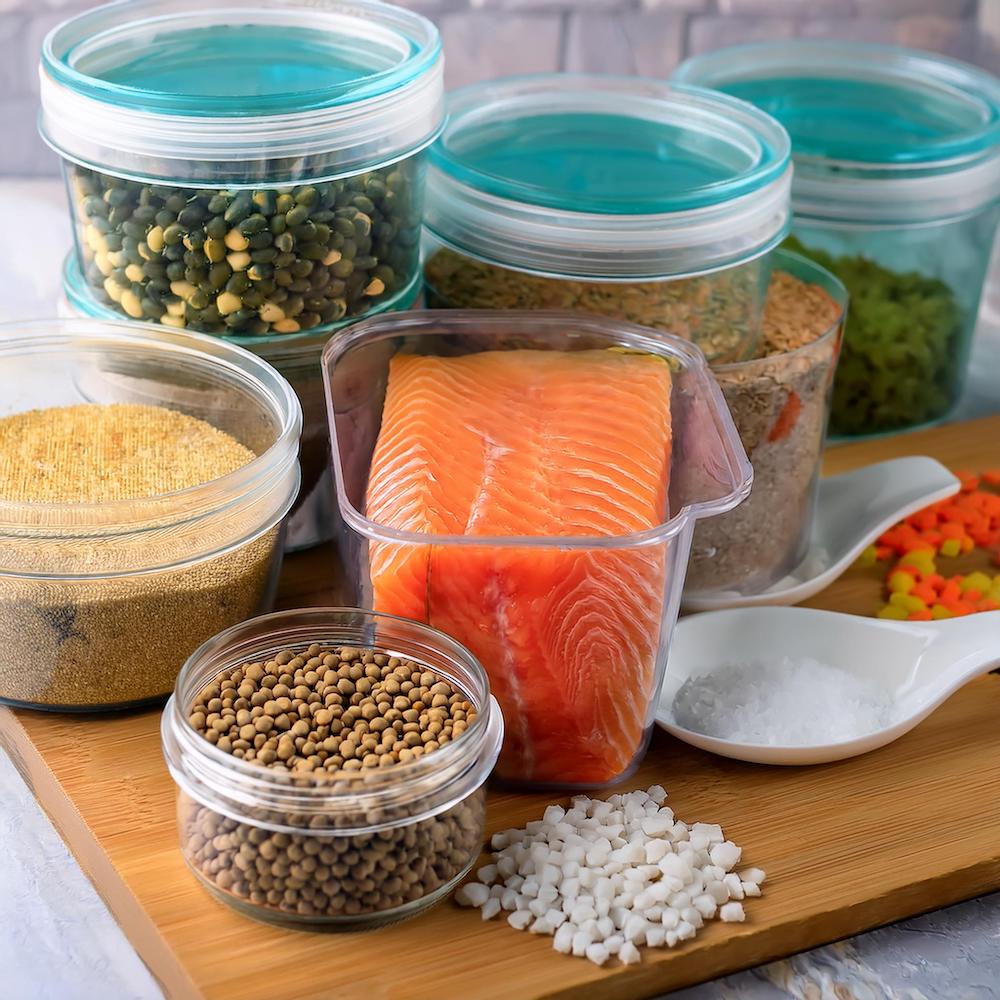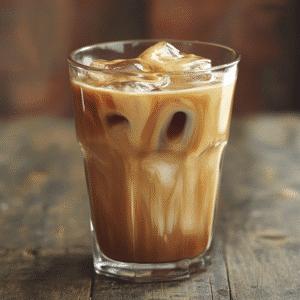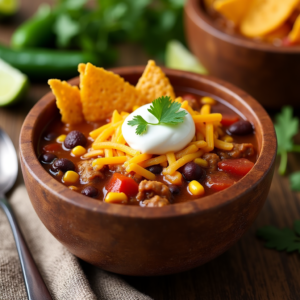Want a healthier, more affordable option for your aquatic friends? This fish food recipe combines simple, natural ingredients to provide essential nutrients for fish. Perfect for both freshwater and saltwater fish, this recipe is easy to prepare and highly customizable to meet the dietary needs of your fish. Follow the steps below to create your own fish food recipe that your aquatic pets will love.
Ingredients:
Ingredients For the Fish Food Recipe
- 1 cup fresh vegetables (e.g., spinach, zucchini, carrots)
- 1/2 cup fresh seafood (e.g., shrimp, fish, or scallops)
- 1/2 cup gelatin (unflavored)
- 1/2 cup spirulina powder or fish flakes
- 1/4 cup oats or wheat germ (optional)
- 1/4 tsp fish-safe vitamin powder (optional)
- Water for blending
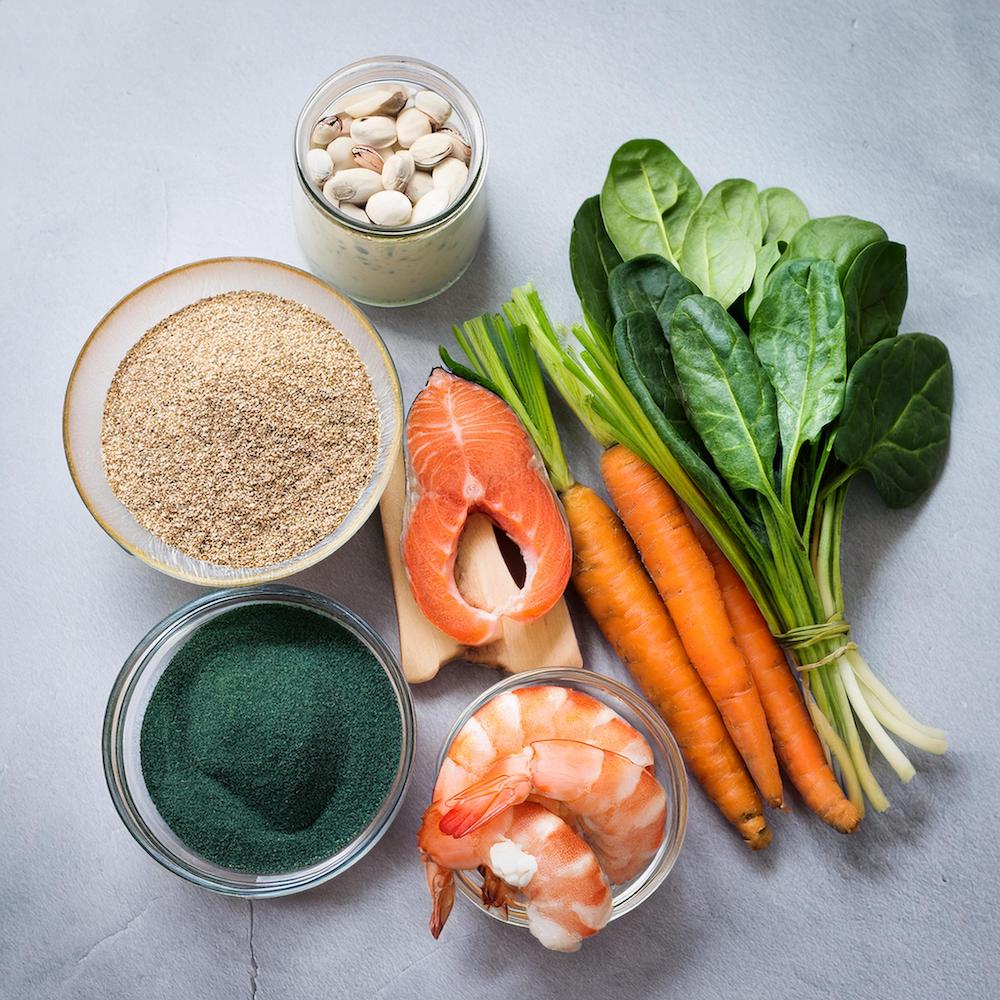
Execution
Step-by-Step Method For the Fish Food Recipe
- Prepare the ingredients: Wash and chop the vegetables into small pieces. Steam or blanch them for a few minutes to soften.
- Blend the base: In a blender or food processor, combine the steamed vegetables, seafood, spirulina powder, and oats (if using). Add a small amount of water and blend until the mixture forms a smooth paste.
- Mix the gelatin: Dissolve the unflavored gelatin in warm water according to the package instructions. Gradually stir it into the blended mixture until fully combined.
- Set the mixture: Pour the mixture into a shallow tray or silicone mold. Spread it evenly and refrigerate for 2-3 hours, or until the mixture is firm.
- Cut and store: Once set, cut the homemade fish food into small, bite-sized cubes. Store in an airtight container in the refrigerator for up to 1 week or freeze for longer storage.
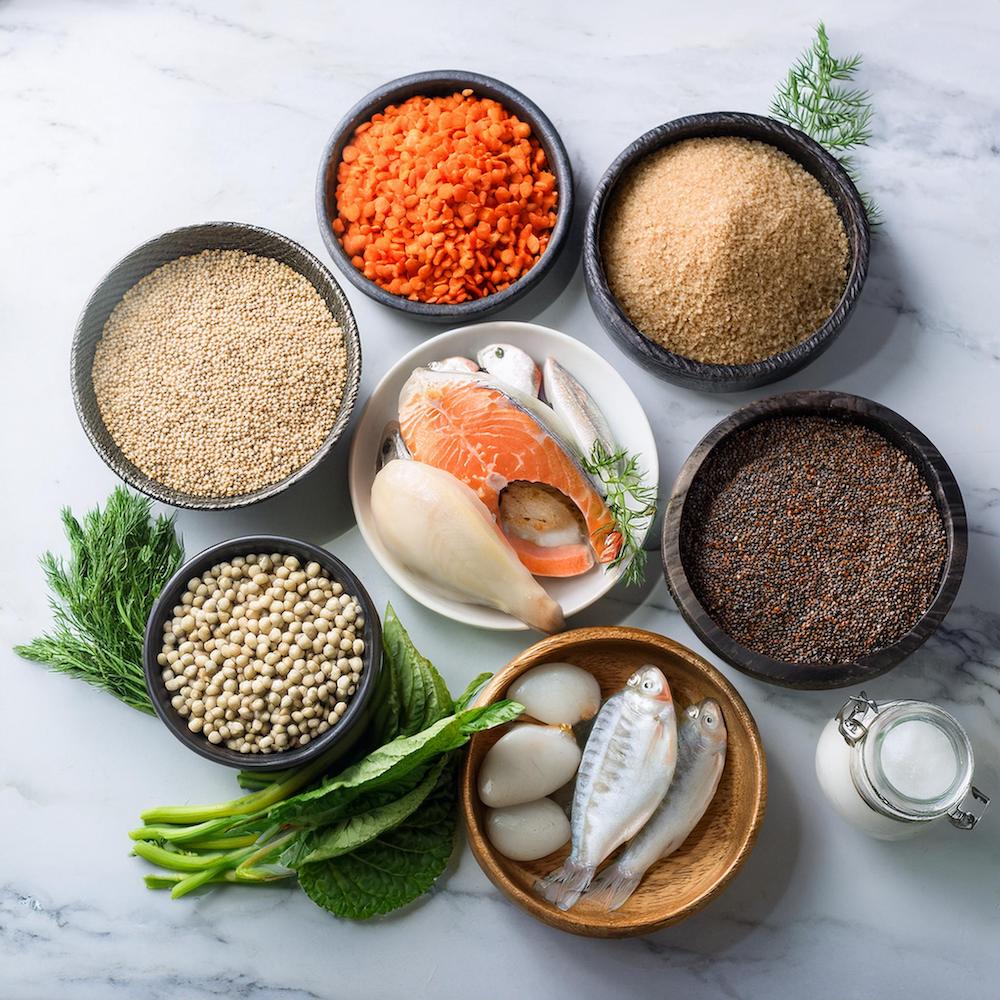
Tips:
Tips For The Best Fish Food Recipe:
- Tailor the recipe: Adjust the ingredients based on your fish species’ specific dietary needs. Research whether your fish are herbivores, carnivores, or omnivores.
- Use fresh ingredients: Always choose fresh vegetables and seafood to ensure optimal nutrition.
- Avoid harmful additives: Avoid using ingredients with salt, preservatives, or spices that could harm your fish.
- Freeze for convenience: Freeze individual portions to make feeding easier and reduce waste.
FAQs for “Fish Food Recipe”
- What is the best homemade food for fish?
- The best homemade food for fish depends on their species and dietary needs. General options include:
- For herbivorous fish: Blanched vegetables like spinach, peas, zucchini, or kale.
- For carnivorous fish: Protein sources such as boiled shrimp, fish fillets, or egg yolks.
- For omnivorous fish: A mix of vegetables and protein like mashed peas combined with shrimp or fish meat.
Adding a gelatin base can help bind the ingredients into pellets or cubes for easy feeding.
- How do you make homemade fish feed?
- To make homemade fish feed:
- Choose ingredients: Combine vegetables, protein (like shrimp or fish), and grains or algae, based on your fish species.
- Blend: Puree the ingredients into a smooth mixture using a blender.
- Bind: Mix with unflavored gelatin to hold the feed together.
- Shape: Spread the mixture onto a flat surface or mold into pellets.
- Freeze or dry: Store the feed in the freezer or air dry it for long-term use.
- What are the best ingredients for fish food?
- The best ingredients depend on whether your fish are herbivorous, carnivorous, or omnivorous:
- Vegetables: Spinach, peas, carrots, zucchini, and lettuce.
- Proteins: Shrimp, fish meat, bloodworms, egg yolks, or boiled chicken (in small quantities).
- Algae: Spirulina or seaweed for essential nutrients.
- Grains: Oats or wheat germ for energy.
Avoid artificial additives and always use fresh ingredients.
- How to make live food for fish?
- To make live food for fish:
- Cultivate live organisms: Grow live food sources like brine shrimp, daphnia, or micro worms.
- Brine shrimp: Hatch brine shrimp eggs in a saltwater solution using an air pump for aeration.
- Daphnia: Cultivate daphnia in fresh water with green water (algae) or yeast as their food source.
- Micro worms: Feed them oatmeal or bread with yeast in a moist container.
- Harvest: Collect the live organisms when they’re ready and feed them directly to your fish.
Live food is rich in nutrients and is particularly suitable for carnivorous and omnivorous fish.
For more delicious recipes, check out our All Recipes page! Don’t forget to follow us on Facebook, Instagram, Pinterest, and Twitter to stay updated with our latest content!
